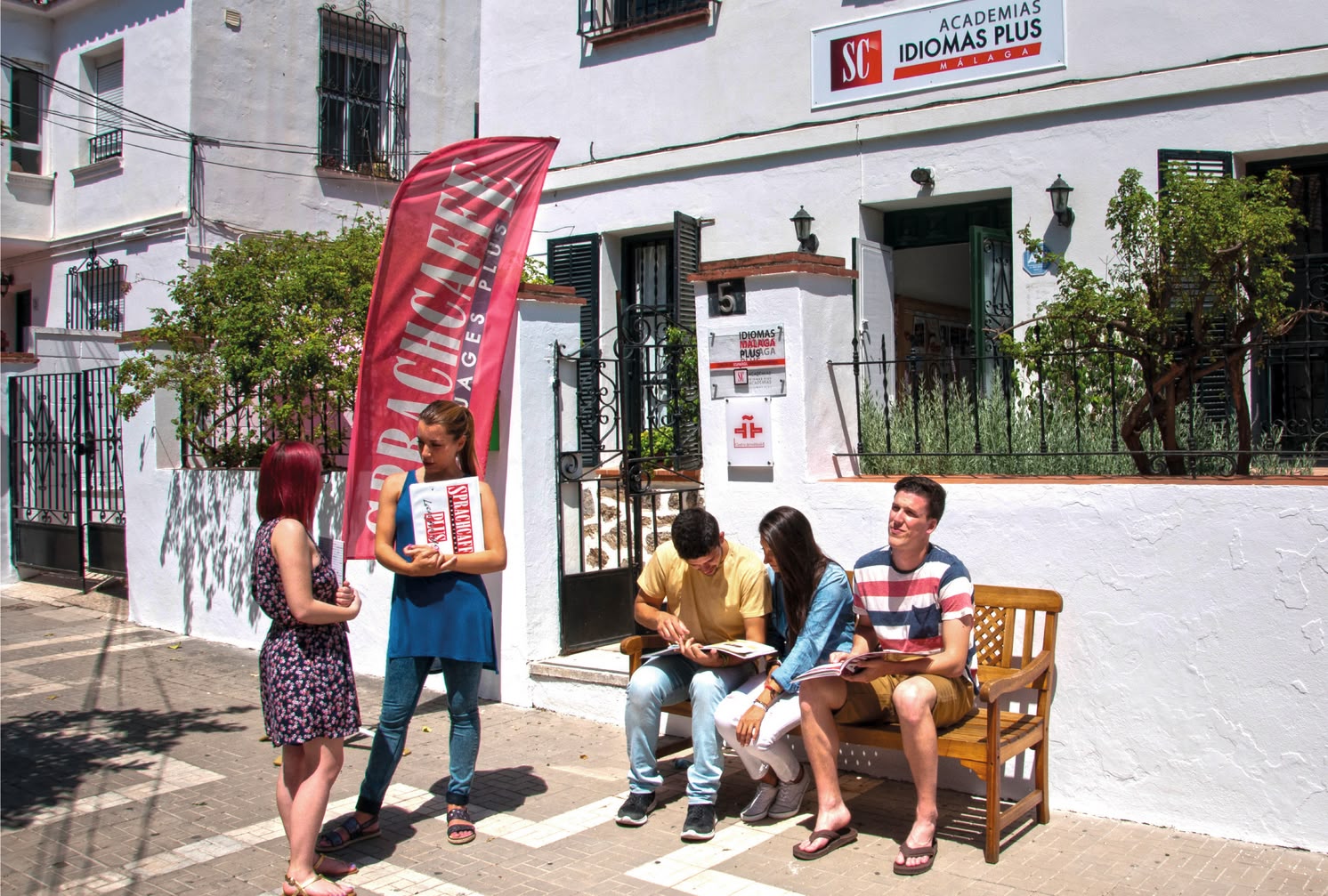
Language travel in Spanish
Take a language trip to Spain or Cuba with Sprachcaffe.
More information »The present simple in Spanish is a verb tense used to express actions, situations or general truths that occur habitually, frequently or permanently in the present. Unlike the present perfect which emphasizes the relationship between the past and the present, the present simple focuses on actions that are regularly repeated in the present tense without reference to their duration or termination.
The present simple is a verb tense used to express regularly occurring actions, habits, routines or universal truths. It is formed from the infinitive stem of the verb for all persons except the third person singular, where there may be changes in the verb ending, depending on the type of verb (regular or irregular).
The present simple is also commonly referred to as the "present indicative", especially in some contexts where reference is made to the simplicity of its structure compared to other verb tenses. The term "present indicative" emphasizes the verbal mode (indicative), which is used to express actions or situations considered real and objective. This mode is one of the most used in Spanish and is used for affirmations, descriptions, statements of fact, among others.
So, to be precise, when we talk about the verb tense in which habitual actions or general truths occurring in the present are described, it is most commonly referred to as the "present indicative".
To form the present simple tense in Spanish, different verb endings are used depending on their conjugation. For most regular verbs, a specific ending is added to the verb stem, depending on the subject pronoun. For irregular verbs, on the other hand, they do not follow the standard conjugation rules, so it is necessary to learn them individually. For example:
| Yo: -o | Yo hablo |
| Tú: -as | Tú hablas |
| Él/Ella/Usted: -a | Él habla |
| Nosotros/Nosotras: -amos | Nosotros hablamos |
| Vosotros/Vosotras: -áis | Vosotros habláis |
| Ellos/Ellas/Ustedes: -an | Ustedes hablan |
| Yo: -o | Yo como |
| Tú: -es | Tú comes |
| Él/Ella/Usted: -e | Ella come |
| Nosotros/Nosotras: -emos | Nosotras comemos |
| Vosotros/Vosotras: -éis | Vosotras coméis |
| Ellos/Ellas/Ustedes: -en | Ellas comen |
| Yo: -o | Yo vivo |
| Tú: -es | Tü vives |
| Él/Ella/Usted: -e | Usted vive |
| Nosotros/Nosotras: -imos | Nosotros vivimos |
| Vosotros/Vosotras: -ís | Vosotros vivís |
| Ellos/Ellas/Ustedes: -en | Ustedes viven |
How does a language vacation in Malaga, Madrid, Barcelona or Havana sound? All these dream destinations with a Spanish language package is the perfect combination to enjoy your longed-for vacation.
| Yo: | soy |
| Tú: | eres |
| Él/Ella/Usted: | es |
| Nosotros/Nosotras: | somos |
| Vosotros/Vosotras: | sois |
| Ellos/Ellas/Ustedes: | son |
| Yo: | tengo |
| Tú: | tienes |
| Él/Ella/Usted: | tiene |
| Nosotros/Nosotras: | tenemos |
| Vosotros/Vosotras: | tenéis |
| Ellos/Ellas/Ustedes: | tienen |
| Yo: | voy |
| Tú: | vas |
| Él/Ella/Usted: | va |
| Nosotros/Nosotras: | vamos |
| Vosotros/Vosotras: | vais |
| Ellos/Ellas/Ustedes: | van |
The present simple in Spanish is used in various situations to express actions that occur regularly, habits, routines or universal truths. Here are some of the main situations in which you can use the present simple:
1. Habitual or routine actions: Used to describe actions that are performed in a repetitive or habitual manner.
Example: I go to the gym on Tuesdays and Thursdays. My sister always studies in the afternoons.
2. General facts or universal truths: Used to express facts or realities that are constant and do not change.
Example: The Earth revolves around the Sun. Water boils at 100 degrees Celsius.
3. Schedules and programs: To indicate scheduled events or activities at specific times.
Example: The movie starts at 8 pm. Math class is on Mondays and Wednesdays.
4. Opinions and comments: To make statements of opinion or comments on general situations.
Example: I think the book is very interesting. Juan is a good student.
5. Instructions and recipes: When giving instructions or following recipes.
Example: First you cut the vegetables and then you cook them. You add a spoonful of sugar and stir well.
6. Narrations and stories: In narratives and stories, especially in children's stories.
Example: Once upon a time there was a brave knight who lived in a castle.

Take a language trip to Spain or Cuba with Sprachcaffe.
More information »
Learn Spanish from the comfort of your home with an online course.
More information »